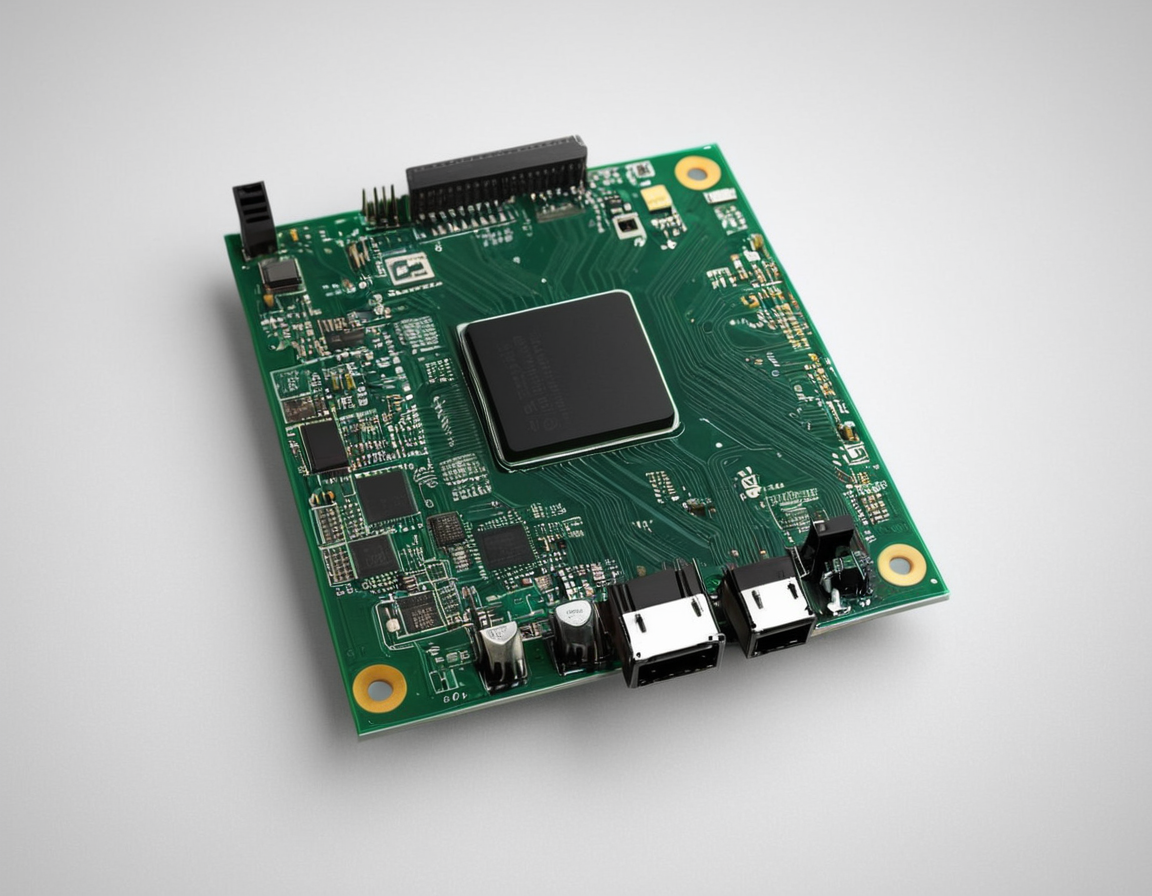Unlocking Potential: Harnessing the Power of Modern Hardware

Introduction
The advancement in technology over the past few years has been staggering, leading to the creation and development of powerful hardware that continues to redefine our world today. From high-performance processors to advanced graphical cards, storage devices with lightning fast speeds, and network interfaces capable of handling massive amounts of data – modern hardware is pushing boundaries like never before. This blog post will explore how we can harness the power of this cutting edge technology for various applications ranging from gaming, creation, professional workloads, to everyday computing tasks.
Maximizing Performance with High-Performance Processors
The humble CPU (Central Processing Unit) is at the heart of any modern device, responsible for carrying out millions of instructions per second. With advancements in hardware and software design, high-performance processors like Intel’s Core series or AMD’s Ryzen series can now handle even the most demanding tasks with ease. These CPUs utilize multiple cores and threads to carry out multiple operations simultaneously, making them ideal for professionals working on resource-intensive applications such as video editing, 3D modeling, machine learning, and scientific simulations.
Unlocking Graphical Power with Advanced Graphics Cards
Learn more about Potential
Graphics cards have evolved significantly from their humble beginnings in the early days of gaming. With specialized processors designed specifically to handle complex mathematical calculations required for rendering high-quality graphics, modern GPUs (Graphic Processing Units) are now an essential component in any serious creation or gaming setup. NVIDIA’s GeForce and AMD’s Radeon series are popular choices among gamers and professionals alike due to their superior performance, cutting edge features such as ray tracing, support for high refresh rates, and efficient power consumption.
Revolutionizing Storage with Solid State Drives (SSD)
Gone are the days when storage devices were slow, unreliable, and prone to failure. The introduction of Solid-State Drives (SSDs) has revolutionized the way we store data on our computers. With no moving parts, SSDs offer lightning-fast read and write speeds, making them ideal for boot drives, storing operating systems, and as scratch disks for applications that rely heavily on disk access such as video editing software or 3D modeling tools. Combined with the latest NVMe technology, these storage devices can provide mind-blowing transfer rates of up to several gigabytes per second, enabling faster data processing and increased productivity.
Supercharging Network Interfaces with High-Speed Connectivity
As our reliance on high-speed internet connections grows, so does the need for hardware that can keep pace with this demand. Modern network interface cards (NICs) have evolved to support multi-gigabit Ethernet speeds and wireless standards such as Wi-Fi 6 (802.11ax). These advancements not only enable faster download and upload speeds but also improve overall system responsiveness, ensuring smooth communication between devices on your network and reducing latency when accessing cloud services or remote servers. Learn more about Harnessing
Conclusion: Unleashing the Power of Modern Hardware

Modern hardware has come a long way since its inception, offering unprecedented levels of performance and capabilities that were once thought unimaginable. From CPUs to GPUs, SSDs to NICs – each component plays an integral role in delivering a seamless computing experience tailored to individual needs. As we continue to push the boundaries of innovation, the potential for unlocking further possibilities with modern hardware is limitless. Embrace these technological advancements and witness your productivity soar as you harness the power of today’s cutting-edge hardware solutions.
